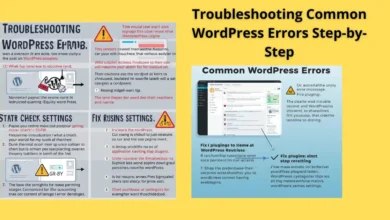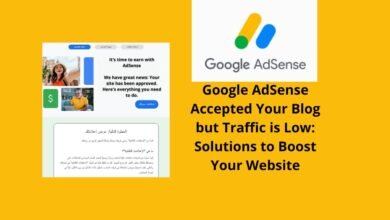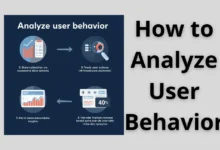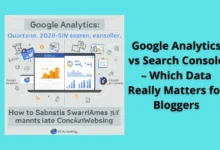AdSense approved but RPM is low – how to increase earnings smartly
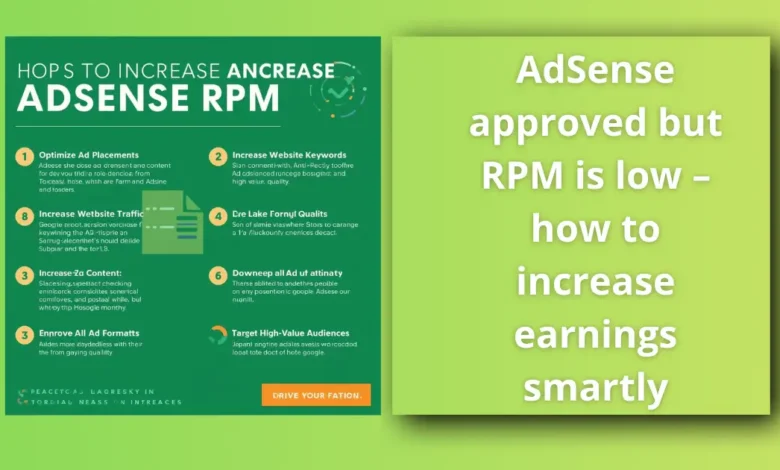
AdSense approved but RPM is low – discover practical strategies to boost your revenue and make your website work smarter for you.
table of contents
AdSense approved but RPM is low – what it really means
Getting AdSense approval is an exciting milestone for any website owner. It signifies that your website meets Google’s quality standards and can start generating revenue through ads. However, many creators quickly realize that approval is only the first step. Seeing a low RPM (Revenue Per Mille, or revenue per 1,000 impressions) can be frustrating and confusing. Low RPM doesn’t mean your website isn’t valuable; it often points to untapped potential in ad optimization, audience targeting, and content strategy.
Low RPM occurs when either your ad impressions are not fully monetized, or your audience engagement is lower than expected. Factors such as traffic source, content type, and ad placement play crucial roles. Understanding these nuances allows you to take intelligent actions to increase earnings smartly.
Best Practices to Optimize CLS for WordPress
Understanding RPM and its impact
RPM is a metric that tells you how much you earn for every thousand ad impressions. Unlike CTR (Click-Through Rate) which focuses on clicks, RPM accounts for all revenue generated relative to your page views. This makes it a more comprehensive indicator of how well your ads are performing.
A low RPM may suggest:
- Audience mismatch: Your visitors may not match the advertisers’ target demographic.
- Poor ad placement: Ads may not be visible or engaging enough.
- Content type: Some niches have inherently lower ad bids.
- Traffic source: Organic, social, and referral traffic may have different monetization potential.
By dissecting these elements, you can identify specific areas to improve your earnings.
Smart strategies to increase AdSense RPM
1. Optimize ad placement
Ad placement directly impacts visibility and engagement. Ads positioned above the fold or near engaging content naturally attract more attention. Using heatmaps or analytics tools can reveal which sections of your pages capture the most attention. Experiment with different formats such as display ads, in-feed ads, and native ads to find the most effective combination.
2. Improve content quality and relevance
High-quality, relevant content keeps users on your site longer, which increases ad impressions and engagement. Focus on creating in-depth articles that answer your audience’s questions thoroughly. Incorporate keywords strategically to attract high-value traffic. When users find your content valuable, they are more likely to interact with your ads, boosting RPM.
3. Target high-paying niches
Some niches inherently attract higher-paying ads. Financial services, technology products, and health-related topics typically have higher CPC (Cost Per Click) rates. If feasible, subtly incorporate such topics into your content strategy without sacrificing authenticity.
4. Leverage user intent and engagement
Understanding your audience’s intent is crucial. Visitors looking for actionable advice or product information tend to interact more with ads. Use engaging headlines, visuals, and call-to-actions to keep users engaged. Tools like Google Analytics can help segment your audience and tailor content to increase both engagement and RPM.
5. Optimize for mobile
A significant portion of web traffic is mobile. Ensuring your site is mobile-friendly with responsive ad units increases visibility and click potential. Poor mobile experience can drastically reduce your RPM, as ads may be less accessible or disrupt the user experience.
6. Experiment with ad formats
AdSense offers multiple formats: text, display, link units, and responsive ads. Testing different formats on different pages can help determine what resonates with your audience. Remember, too many ads can harm user experience, so balance is key.
7. Improve site speed
Slow-loading websites negatively impact both user experience and ad revenue. Google considers page speed a ranking factor and also prioritizes faster-loading pages for ad delivery. Optimize images, use caching, and minimize scripts to boost speed and increase the likelihood of higher RPM.
8. Focus on traffic quality, not just quantity
High-volume, low-quality traffic may generate impressions but often results in lower RPM. Organic search traffic and engaged repeat visitors typically provide higher ad engagement than social or low-quality referral traffic. Prioritize attracting visitors genuinely interested in your content for better monetization.
Long-term strategies to maintain high RPM
- Regularly update content: Fresh content keeps your audience returning, increasing repeat ad impressions.
- Analyze competitor strategies: Observe how similar websites monetize and experiment responsibly.
- Diversify revenue streams: Supplement AdSense with affiliate marketing, sponsored posts, or premium content to reduce dependency on RPM alone.
- Stay informed about Google policies: AdSense updates can impact revenue; compliance ensures uninterrupted monetization.
Conclusion
AdSense approval is only the beginning. A low RPM is not a failure—it’s an opportunity to optimize, learn, and grow your revenue. By focusing on smart ad placement, high-quality content, audience engagement, and mobile optimization, you can strategically increase earnings. The key is to think beyond clicks and impressions: prioritize your audience, provide value, and let your website’s revenue potential unfold naturally.
FAQ
Q1: Why is my AdSense RPM low even with high traffic?
A1: High traffic does not guarantee high RPM. Factors like audience quality, ad placement, niche, and engagement levels significantly affect revenue per impression.
Q2: How can I test which ad placement increases RPM?
A2: Use A/B testing with tools like Google Optimize or track clicks and impressions via AdSense reports to determine the best-performing ad positions.
Q3: Can mobile optimization really increase RPM?
A3: Yes, responsive ads and mobile-friendly layouts improve visibility and engagement, often leading to higher RPM.
Q4: Should I focus on CPC or RPM?
A4: RPM provides a broader picture of overall revenue per 1,000 impressions, while CPC only tracks individual clicks. Use RPM to evaluate overall monetization efficiency.
Q5: Is it safe to diversify revenue streams alongside AdSense?
A5: Absolutely. Combining AdSense with affiliate marketing or sponsored content can improve total revenue and reduce dependency on a single source.
Discover more from Feenanoor
Subscribe to get the latest posts sent to your email.
